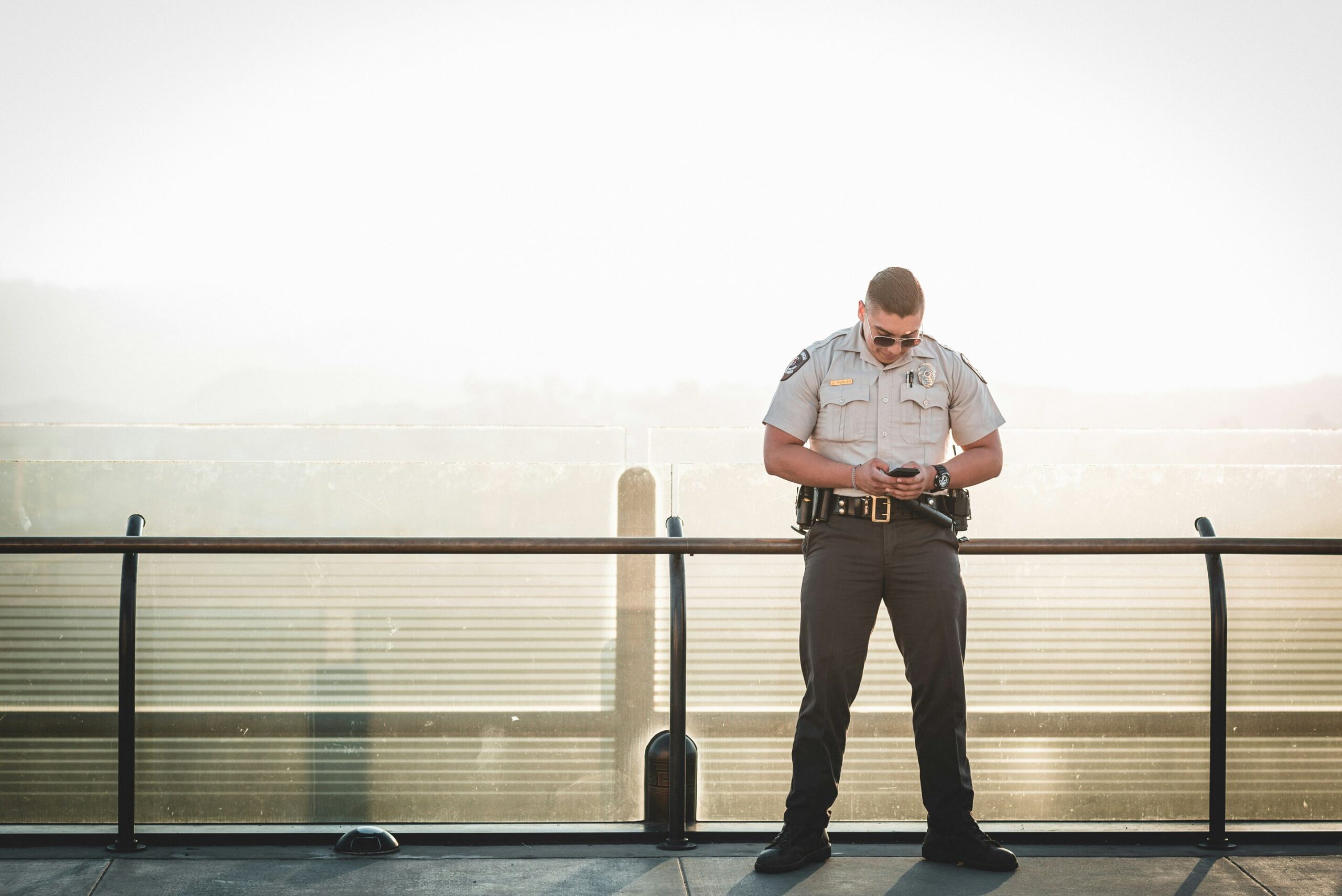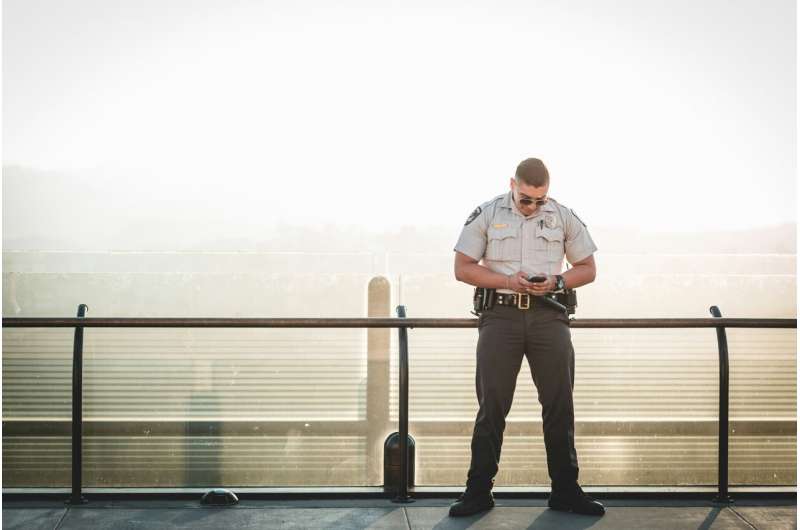

It’s not something the police force wants to see, but it still occurs: racist and misogynist behavior in police work. Dr. Linda Louis is a human rights law specialist and has studied how technology could help police officers behave correctly according to applicable legal norms.
On Tuesday 17 September 2024, Linda Louis was awarded a Ph.D. for her research to identify the legal norms and how to implement them in technologies we already use every day, like smartphones and fitness trackers.
“Considering technology that police officers, investigators, enforcers and other police personnel already use for their work,” explains Louis. “What if it could be used to track and nudge their behavior in a positive way?”
Because, as Louis adds, police officers also unknowingly engage in behavior they are supposed to be combating or preventing. At times, they discriminate or make sexist or racist remarks aimed at female victims, minorities or against citizens in general.
Practice not in line with theory
This is a subject that Dr. Louis has been working on since her law studies at the top-ranked National Law School in Bangalore, India, the country she was born. She chose to specialize in human rights and humanitarian law in Geneva and worked for various NGOs, including Tulir and UNICEF in India and the Red Cross in Geneva.
As a result, she became involved in developing improved legislation and training programs to help the police in their work so that cases did not fail due to incompetence, including unnecessary sexist or inappropriate behavior.
“I started to wonder what the point was of our work, as scholars of human rights law. We write lots of reports and say what’s wrong and what’s right, but it’s not actually helping to change things on the ground,” according to Dr. Louis. Police officers, sometimes unknowingly, fail to adhere to standards of behavior towards victims, even though they would wish otherwise.
Effective tracking with technical gadgets
The natural thing for a legal scholar to do is to seek ways to redirect undesirable behavior using legislation. Louis came up with the idea of linking this to universal and emerging technologies. In particular, by applying technical and behavioral psychological methods to steer people towards desired behavior—known as “nudging.”
“That was my starting point,” she says. “What if we had a mobile app that could guide the police and give them appropriate reminders or prompt reflection? They might make fewer biased decisions.
“Police officers already wear bodycams and voice recorders—everything’s already digitized and fully intelligent. So the capacity is there and my hope was that if we have all this tech—could we use it and bring it together to also improve policing behavior itself?”

The fitness tracker as a classic example
Influencer technology, known commonly as “persuasive technology,” is the gentle influencing of people using technological gadgets and software that surround us in our daily lives. Louis shows the wristband she wears on her left arm—a fitness tracker.
“It’s a classic example of influencer technology,” she says. “It tells you by the number of steps whether you’re doing well. It tells us to get up and move. It tells us when we’re doing well and if we’re reaching our target. It’s not very forceful, it influences. It’s like having a little guardian angel on your shoulder.”
Following this principle, she investigated whether this method could be used to correct the undesirable behavior of police officers. Partly because these are not offenses or crimes in the context of criminal law, and that is not what Louis’ method focuses on.
“When I started looking into it, I realized there was no literature on the subject. So, my task became to integrate the ideas and establish the feasibility of further research.”
Research into behavioral standards
She turned to Professor Simone Van der Hof and Professor Bart Custers of Leiden Law School with her research idea and they recognized the creativity and innovation of her approach. The research she conducted at Leiden Law School focused partially on determining the norms that underpinned legislation. Norms that agents could internalize through apps, software and devices such as smartphones or bodycams through reminder notifications, pop-ups and subsequent feedback.
She drew from experiments on the application of virtual reality to encourage desired behavior. These were always small technical extensions to technology that already existed and was in use. Similar extensions to software could give police officers instant feedback when their tone or choice of words is wrong and they are unknowingly triggering sensitivities within the victims.
Practical application
Dr. Louis’ research has yielded six practical applications which the police force can use to tackle racist and sexist behavior.
This month, Louis started working at the research group Center of Expertise on Cybersecurity at The Hague University of Applied Sciences where she has been teaching for the last three years. This research group is already collaborating with the police. “I’d love to be able to develop such technologies in cooperation with the police force and see if it works as we would like it.”
Provided by
Leiden University
Citation:
How can police officers adhere to their own norms? Research links law to technology (2024, September 23)
retrieved 24 September 2024
from https://phys.org/news/2024-09-police-officers-adhere-norms-links.html
This document is subject to copyright. Apart from any fair dealing for the purpose of private study or research, no
part may be reproduced without the written permission. The content is provided for information purposes only.

